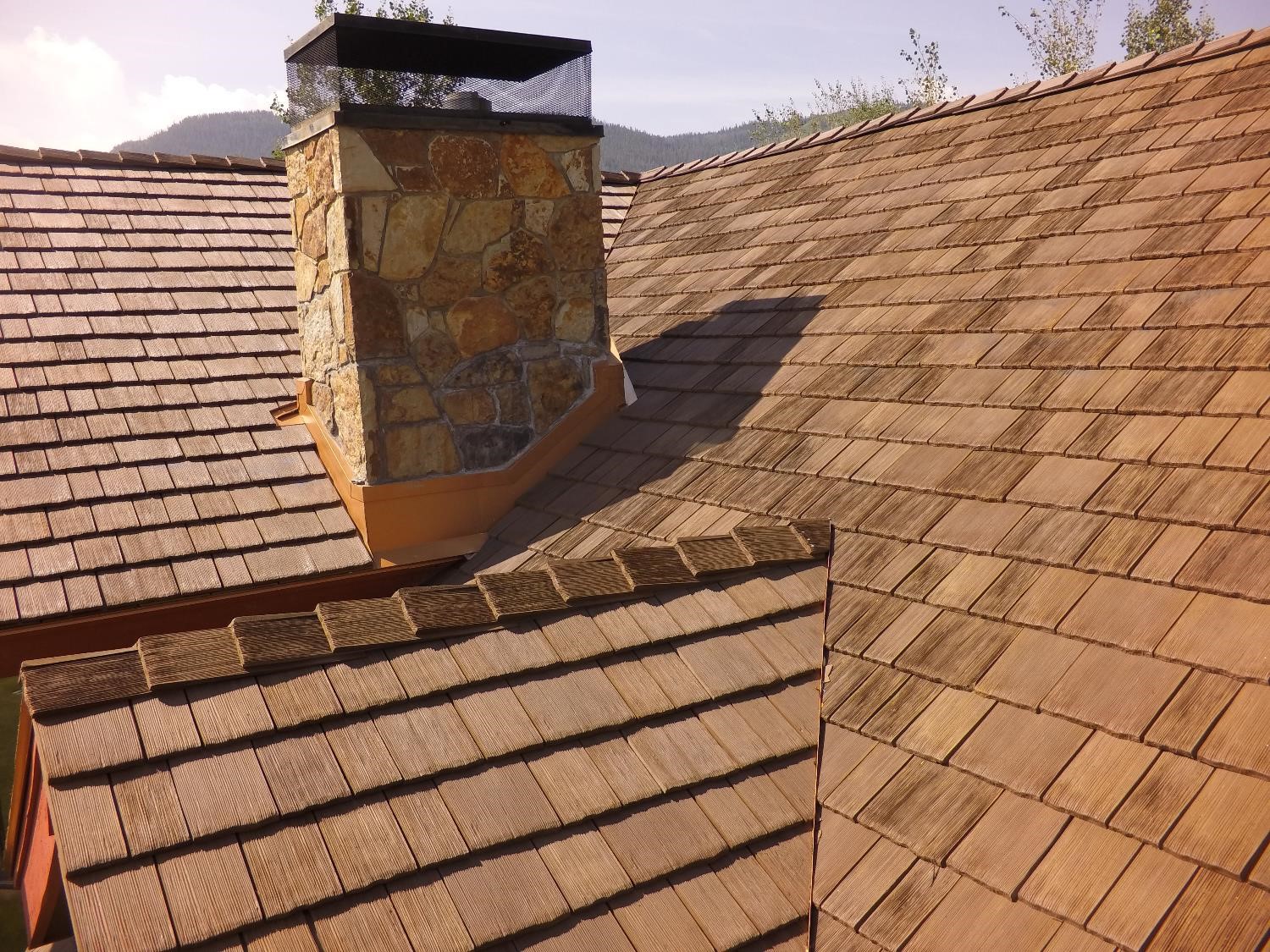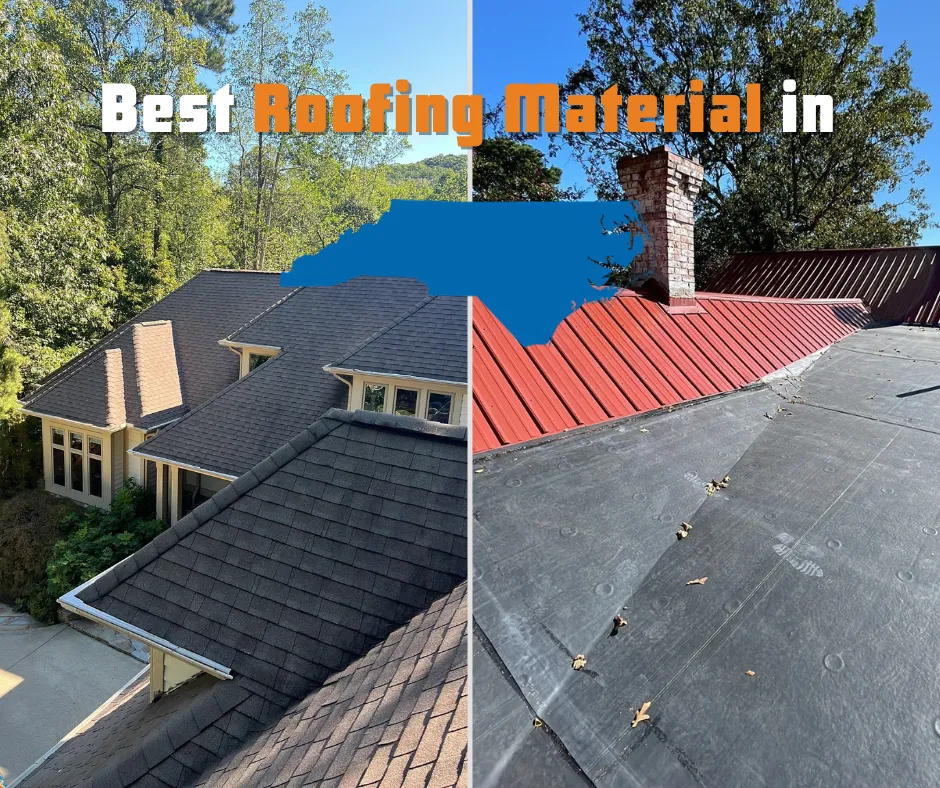Roofing Lockhart: Giving Long Lasting and Lasting Roofing Solutions
Roofing Lockhart: Giving Long Lasting and Lasting Roofing Solutions
Blog Article
Expert Roof Covering Tips for Picking the Best Products for Your Home's Requirements
When it comes to picking the appropriate roof covering products for your home, a methodical method is vital. Key factors to consider include recognizing your neighborhood environment, reviewing the resilience of various materials, and assessing power efficiency.
Assessing Your Environment Conditions

When selecting roof covering products, it is important to take into consideration the particular climate problems of your area, as these variables substantially influence the longevity and performance of your roof. Different climates position special challenges, such as high winds, hefty snowfall, severe warmth, or excessive moisture. Comprehending these aspects is necessary for making a notified choice.
As an example, in regions prone to hefty rain or snow, products like steel or asphalt roof shingles with high waterproofing capabilities might be more suitable. Alternatively, in areas with high temperatures, reflective materials such as tiles or great roof coverings can help in reducing heat absorption, causing energy performance and improved indoor comfort.
Additionally, take into consideration neighborhood wind patterns; materials that can hold up against high winds, like concrete floor tiles or impact-resistant shingles, are crucial in hurricane-prone areas. Humidity levels additionally play a duty; in damp climates, select materials immune to mold and mildew, such as synthetic underlayment or treated timber.
Ultimately, analyzing your climate problems will certainly help guarantee that you pick roof products that not only improve your home's aesthetic allure but additionally offer resilience and protection versus ecological stress factors. Roofing Lockhart.
Understanding Product Sturdiness
Analyzing climate conditions is just the very first step in making an educated roof decision; understanding the toughness of the materials is similarly essential. The long life and efficiency of roof products can vary significantly, influenced by aspects such as weather direct exposure, maintenance demands, and material structure.

Furthermore, think about the product's resistance to components like hail storm, rainfall, and wind. Impact-resistant shingles and metal roof coverings are better suited for regions prone to extreme tornados. In addition, the product's ability to withstand UV direct exposure is vital for keeping visual appeals and avoiding early degradation.
Inevitably, selecting long lasting products not only adds to the longevity of your roofing but likewise decreases the need for frequent repair services or replacements, making sure satisfaction and securing your financial investment gradually. Examine sturdiness together with climate factors to consider to make one of the most enlightened option for your roof covering task.
Energy Efficiency Factors To Consider
Energy effectiveness plays an important function in roof choices, influencing both month-to-month energy costs and total ecological impact. Choosing the best roof materials can significantly reduce a home's energy usage by boosting insulation and showing sunlight.
One of the key elements to think about is the roof material's thermal efficiency. Roofing Lockhart. Materials such as steel, clay tiles, and specific kinds of shingles are understood for their ability to mirror solar energy, decreasing Recommended Reading heat absorption and, subsequently, cooling down prices. Cool roof covering alternatives, which are developed to mirror more sunshine than typical roof coverings, can further boost energy effectiveness, particularly in warmer environments
Additionally, the insulation buildings of roof covering materials can impact warm retention during chillier months. Products with a greater R-value offer much better insulation, minimizing the requirement for heating and adding to lower power bills.
It is also vital to think about the roofing system's shade and texture, as lighter colors normally supply far better reflectivity compared to darker shades. By carefully examining these factors, house owners can make informed decisions that not only boost power wikipedia reference performance yet likewise add to long-lasting sustainability and comfort in their living environment.
Budgeting for Roofing Materials
Budgeting for roof materials needs careful consideration and preparing to make sure an equilibrium between top quality and expense. The primary step in this process is to develop a clear budget based upon your overall financial abilities and the specifics of your roof covering project. It is necessary to examine the complete area of the roofing system, as this will straight affect the quantity of material required and, consequently, the complete price.
Following, research study the various kinds of roofing materials readily available, noting their rate ranges and resilience. While some products might have a lower first cost, they might call for even more frequent repair work or replacements, causing higher long-term expenditures. On the other hand, spending in higher-quality materials may produce much better power performance and long life, eventually conserving cash with time.
Furthermore, take into consideration labor prices, which can considerably affect the overall budget plan. By thoughtfully budgeting for roof materials, property owners can make informed decisions that align with their economic objectives and long-term needs.
Visual and Layout Selections
Choosing roof products surpasses simple capability; visual and design choices play a substantial role in improving the total charm of a home. The roofing is a prominent feature that adds to the architectural style and visual appeal of a home. When picking products, take into consideration just this content how they enhance the home's outside, including home siding, windows, and landscape.
Shade is a pivotal element; it can either balance with or contrast the home's palette. Lighter colors can make a home show up bigger and a lot more inviting, while darker shades can impart sophistication and heat. Texture also matters; for circumstances, slate offers an advanced, classic appearance, while metal roofing can provide a smooth, contemporary aesthetic.
Particular materials may be much better suited for specific layouts; for instance, clay tiles work well on Mediterranean-style homes, whereas asphalt tiles are more functional. Ultimately, the chosen roof covering product ought to show the house owner's personal style while ensuring toughness and efficiency.

Conclusion
In recap, choosing appropriate roof products requires a thorough examination of environment conditions, material longevity, energy performance, and budget considerations. Inevitably, educated choices in the roofing selection process add to a sustainable and practical home setting (Roofing Lockhart).
When it comes to choosing the ideal roof covering products for your home, a systematic method is necessary.When picking roof materials, it is essential to think about the details environment conditions of your area, as these variables considerably affect the long life and performance of your roofing. By attentively budgeting for roof products, homeowners can make informed decisions that straighten with their long-lasting demands and economic objectives.
Selecting roof covering materials goes past simple performance; aesthetic and style choices play a considerable duty in enhancing the overall charm of a home.In recap, choosing suitable roof covering products demands a thorough analysis of climate problems, material sturdiness, energy effectiveness, and budget considerations.
Report this page